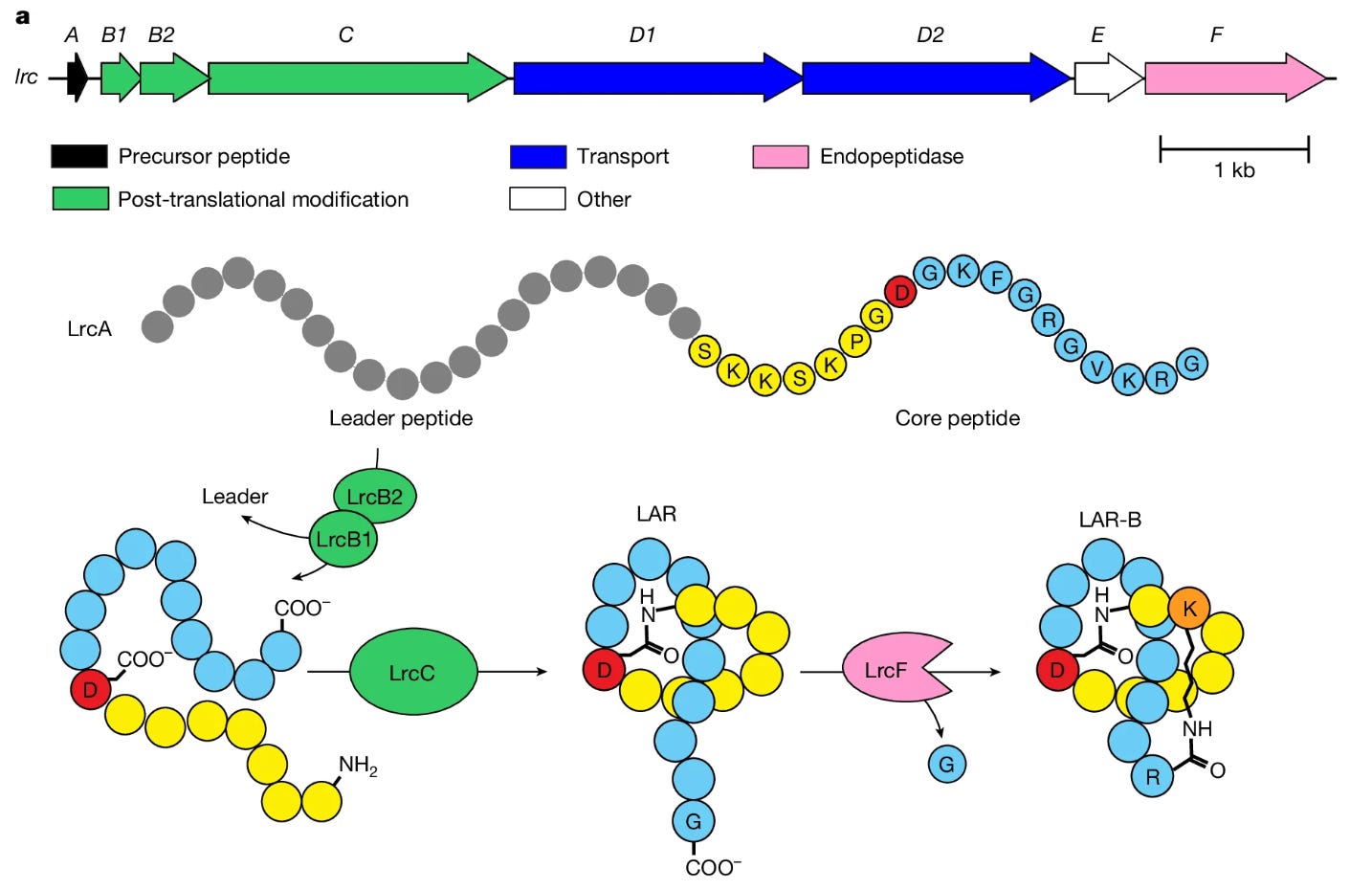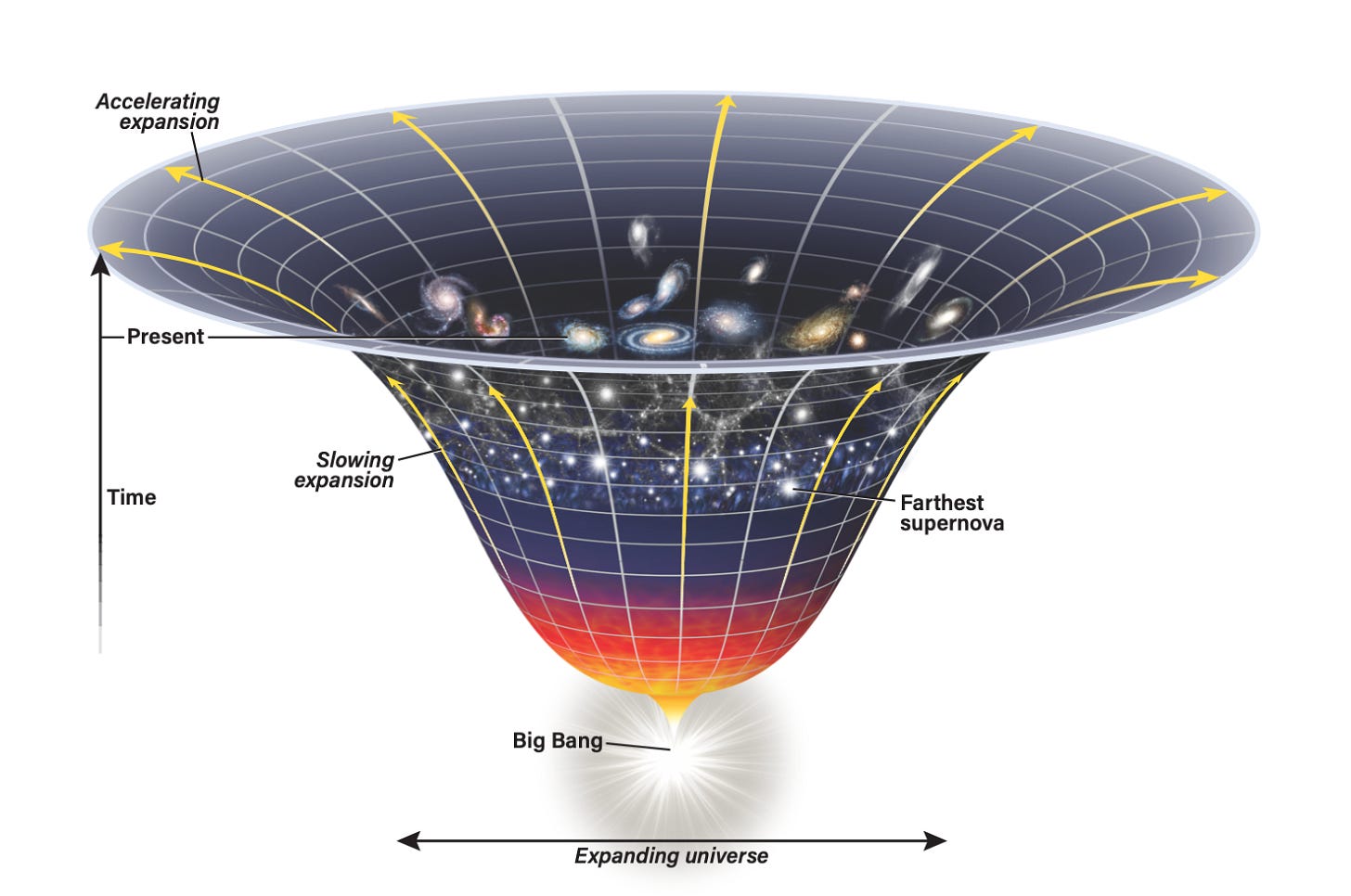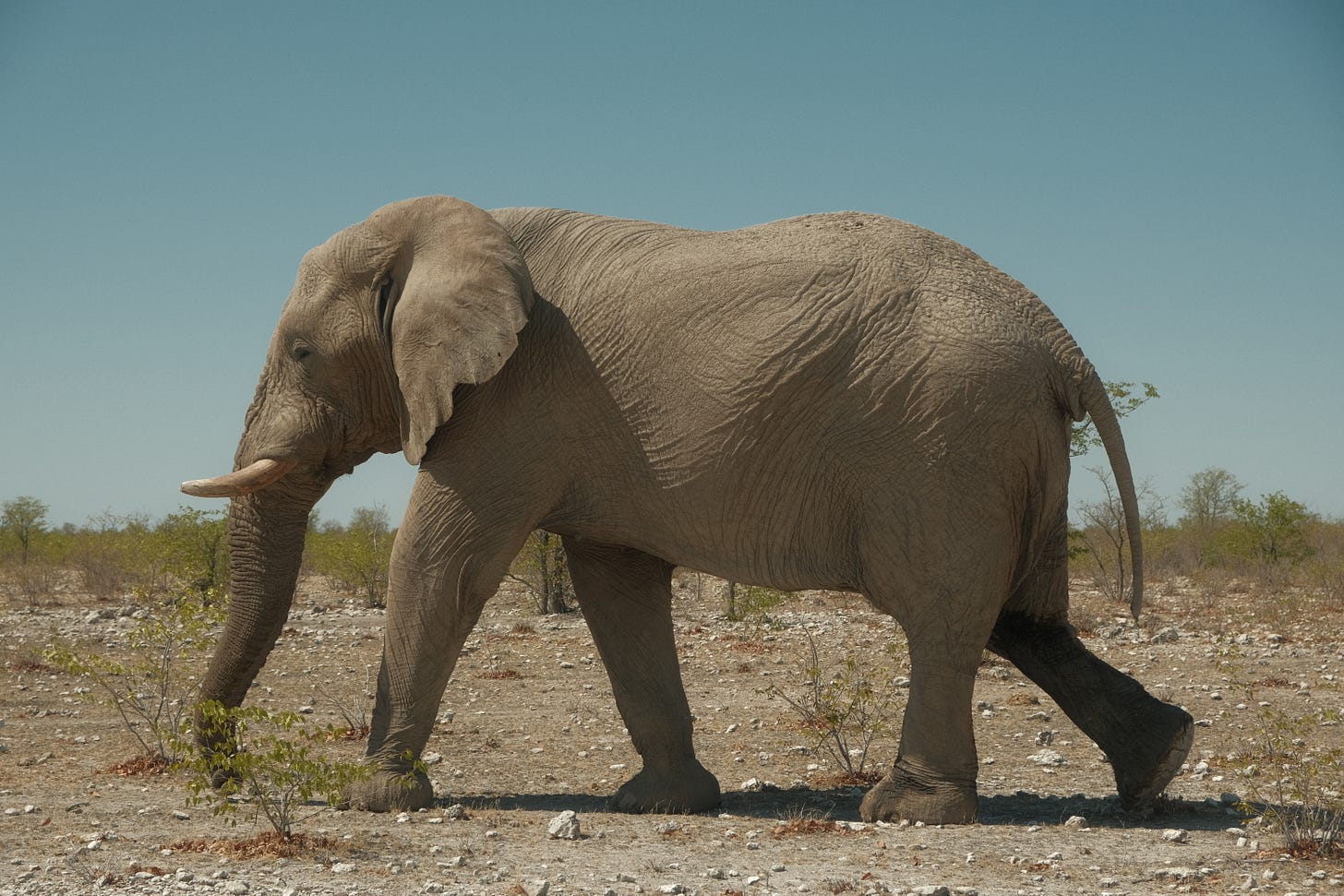Today we are talking about cowboy antibiotics (aka lasso-like molecules and their ability to attack bacteria); electricity generated by the Earth’s rotation; more ethical methods of making foie gras; and evidence that Einstein’s cosmological constant, known as ‘dark energy’, is in fact ever in-flux (which may mean there is less of a chance that the universe unravels… yippee!).
Biology
Lariocidin: A new type of antibiotic
Lariocidin, or LAR for short, is a newly identified antibiotic. Antibiotics are identified all the time, but LAR’s identification is particularly important for three reasons: 1) It is an antibiotic with broad spectrum activity, meaning that it is effective at attacking a wide range of bacteria. This includes medically-relevant targets, such as E. coli, B. subtilis, M. smegmatis, and A. baumanni. 2) It is an antibiotic with a never before seen mechanism of action, meaning that it is able to attack bacteria that are already resistant to current, commonly-prescribed antibiotics. Its ability to target A. baumanni, for example, is especially significant since A. baumanni is classified as a multi-drug resistant strain. And 3), it is an antibiotic that shows no toxicity in human cells (in vitro) and minimal toxicity in mouse models (in vivo), making it a likely candidate for clinical trials.
Lariocidin was identified with an out-of-the-box approach. Jeng et al (2025) collected soil samples, plating them on agar to prompt the growth of bacteria strains in the soil. They left the plates at room-temperature for a year to tease out slower growing strains, which are often overlooked. Then, they isolated molecules from the soil strains with reversed-phase chromatography, and added the molecules to agar plates with pathogens to test their antibiotic activity. The molecule with the most antibiotic activity was LAR, though an also new, structurally-similar molecule, called LAR-B, came in close second.
LAR is a lasso-peptide—a type of protein that looks as if it's been tied into a knot, as pictured above (I suppose you could say it's… (las)so cool!). LAR prevents bacteria from producing proteins by binding to part of the ribosome, a protein-producing factory. This prevents the ribosome from being able to shift its shape to produce the next part of a protein, a step that is critical for the bacteria’s survival. LAR’s lasso-like shape also means it is a super stable molecule, making it difficult for bacteria to degrade. All in all, LAR’s broad-spectrum activity, unique shape, and safety profile set it apart in the search for solutions to antibiotic-resistance.
Physics
The expansion of space is speeding up, but is the speeding-upness slowing down?
The universe is expanding, and there is something causing this expansion to speed up. This force is called ‘dark energy’. It acts like a repulsive force— and no, that doesn’t mean galaxies find each other gross (though that’s arguably a good way to imagine it), instead it means that space is stretched so that galaxies are pushed farther and farther away, faster and faster.
Previously, physicists thought that dark energy was constant, meaning that the expansion of space was speeding up, but at a steady rate. However, in 2024, data from the Dark Energy Spectroscopic Instrument (DESI) suggested otherwise; dark energy might be decreasing. This means that while the space is still expanding, this expansion is not speeding up as much as we thought it would (maybe other-galaxy-grossness decreases with distance?).
Now, a second round of evidence from DESI supports this suggestion. This evidence is based on baryon acoustic oscillations (BAO)—ripples that describe the density and distribution of matter at different points in time. BAO analysis is made possible by the thousands of robot-controlled telescopes that measure how much light from galaxies is stretched, revealing how much space is or isn’t expanding in different regions.
The latest DESI report analysed data from 14 million galaxies over a three-year period. They found that the patterns deviate from the standard lambda- cold dark matter (ΛCDM) model, our best mathematical model of the universe. This is exciting because, if future data continue to confirm these findings, physicists will have to revise this foundational model, which relies on dark energy as a “cosmological constant”, as proposed by Einstein in 1917.
Other interesting studies
CIM-834 is a newly-created molecule that targets the protein in charge of SARS-CoV-2 assembly. Treatment with CIM-834 prevents coronaviruses from forming in infected hamsters, stopping all symptoms of Covid-19 infection.
A large-scale study on the physiological toll of the preconception, pregnancy, and postpartum period describes its short- and long-term influence on the endocrine system, urinary system, circulatory system, nervous system, immune system, musculoskeletal system, and more.
Utah is the first state to ban fluoride from its drinking water. The ban is the result of Robert F. Kennedy Jr.’s efforts to “remove fluoride from all U.S. water systems due to potential risks”. The immediacy of the ban’s implementation is concerning, as suddenly stopping fluoride consumption often leads to imbalances in the oral microbiome.
Multiple marine ecosystems have been described as “dependent on whale pee”. The pee contains necessary nutrients, such as nitrogen, that are transported across the Atlantic via annual whale migrations. This raises concerns in the context of commercial whaling, which is changing these migration routes.
Food scientists created a form of foie gras that doesn’t require birds to be force fed. They treated the geese’s’ liver with its own lipases (extracted post-mortem), recreating the fat-cluster networks responsible for taste and texture of the French delicacy.
Applied physicists at Harvard’s SEAS invented a new type of interferometer—a device that interprets interferences in light waves to make precise measurements about physical phenomena. Unlike typical interferometers that split light into two separate paths, this type of interferometer (called a ‘cascaded-mode interferometer’) creates different patterns of light waves within a single path.
Stem-cell scientists at Keio University announced the results of the first-ever induced pluripotent stem-cells (iPS) treatment trial after four years time. Two out of the four individuals injected with the iPS treatment went from zero sensory and motor functionality below the collarbone to being able to move their arms and legs again.
A controversial paper by Chyba et al (2025) presents evidence that we can create electricity by harnessing the energy of Earth rotation. To prove this, they built a hollow cylinder out of soft magnetic material, and demonstrated that it could generate a 17-μV voltage when oriented with respect to the Earth’s magnetic field. The technique supposedly taps into our planet’s kinetic energy, and pursuing it could cause the planet’s spin to slow over time (though minimally so).
Fun flick: This photo—taken by James Mason in Etosha, Namibia—is of an African Elephant (Loxondonta africana). Check out @litewriting for more amazing photography!
Fun fact: Unlike humans, who only carry one copy of TP53, African elephants carry over 20 copies of TP53. TP53 is a gene that detects damaged DNA and triggers cell death if the damage can cause a cell to become cancerous. The elephant’s extra copies are thought to explain how these large, long-living creatures experience such low cancer incidence.
Science joke: What do you call a bacteria with a starch utilizing system? A SUSsy bacta.
Thanks for reading this edition of Your Monthly Dose—I hope you learned something new :) I will be going MIA for the next two months as I am in the midst of exam season, so I asked Big Science to pause all their experiments in the meantime… but if you don’t believe me and still want to stay scientifically informed, I recommend the podcast Science in Action. Til then, じゃあね!








試験頑張ってください!
Will LAR cure my incessant UTIs?!